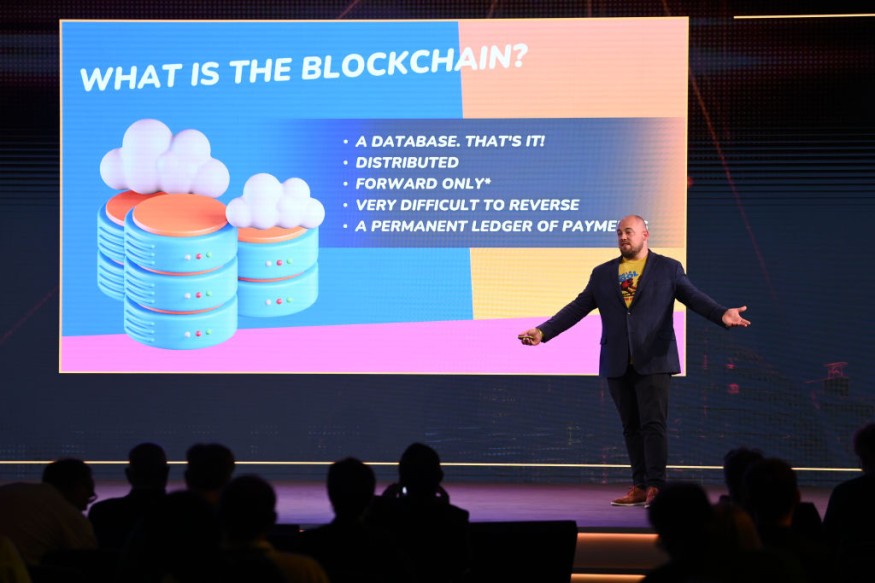Top Cryptocurrency Trends 2024: Tokenized Assets, Onchain Infrastructure, and More
Co-founder of Chainlink Sergey Nazarov visited TradeTalks to discuss the top cryptocurrency trends for 2024. Which cryptocurrency-related phenomena are you most looking forward to seeing in 2024?

Cryptocurrency-Related Phenomena To Look Forward in 2024
Real-World Assets (RWAs) might be tokenized, bringing hundreds of billions of dollars onto the blockchain and revolutionizing the finance and cryptocurrency sectors in the process.
Tokenized assets must, nevertheless, have the ability to safely migrate between chains, be enhanced with real-world data like as pricing data, and be connected to offchain computation independent of the chain on which they are placed.
Many of the biggest financial institutions in the world, including ANZ, DTCC, Swift, and others, are actively collaborating with us to explore how the Cross-Chain Interoperability Protocol (CCIP) can contribute to the mainstreaming of RWA because Chainlink is the only solution that provides cross-chain functionality, as well as all of the world's data and compute, to tokenized assets.
The biggest banks and asset managers in the world are currently actively using blockchain technology in real-life applications. While the Bank of England suggested a proposal to encourage stablecoins in the broader economy, the World Bank launched a digital bond on Euroclear's DLT technology, HSBC tokenized actual gold in its London vault for institutional clients, and BlackRock filed for a spot Ethereum ETF.
As institutions expand their blockchain-based marketplaces, tokenize more physical assets and financial instruments, and allow liquidity to move across different DLT and current systems, this tokenization movement is only expected to pick up speed.
Changes in the Cryptocurrency Sector
A growing percentage of capital markets will use onchain infrastructure as the backbone for finance as more organizations and institutions come to understand the advantages of asset tokenization. This will improve liquidity conditions and open up a plethora of efficiency improvements.
The present environment includes the bank chain ecosystem, where an increasing number of the biggest organizations and businesses in the world are launching one or more private chains, and the public chain ecology with DeFi protocols and Web3 initiatives.
Similar to the Internet of today, these two worlds will merge over the course of the next ten years to form a single Internet of Contracts that will affect every facet of civilization.
Unique Predictions
While blockchains are going to underpin the next generation of global finance, they are also going to transform other major industries, such as global trade, insurance and gaming. The demand for verifiable, transparent and user-controlled applications-built on what's known as the verifiable web-extends far beyond finance.
The Biggest Issue
Historically, the biggest obstacle facing the sector has been blockchain interoperability. Financial elites are beginning to acknowledge tokenization as the asset format of the future, and top organizations are utilizing public chains like as Ethereum in addition to establishing their own chains.
This disjointed ecosystem obstructs the enormous efficiency advantages that blockchain technology may unleash and produces islands of imprisoned liquidity. A worldwide blockchain interoperability standard must be implemented in order to solve this interoperability issue and reap the full benefits of tokenization.
For this reason, major financial organizations like ANZ, DTCC, and Swift, as well as prominent Web3 initiatives like Aave and Synthetix, are becoming more interested in and using Chainlink CCIP.
Copyright © MoneyTimes.com












